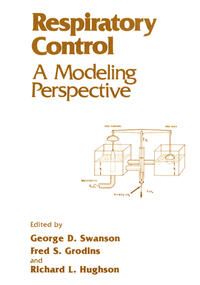
The fourth Oxford Conference entitled "Control of Breathing: A Model ing Perspective" was held in September of 1988 at Grand Lake, Colorado. Grand Lake, also called Spirit Lake, was chosen for the fourth meet i ng so as to continue the meditative atmosphere of the previ ous meetings and to put the conference on a new higher plane (8,500 feet). The weather, as promised, exhibited its random-like rain showers. The snow report became essential for traveling the 12,000 foot passes to and from Grand Lake. Even the servi ces such as telephone and elect ri city proved to be uncertain. In all, the overall atmosphere of Spirit Lake contributed to an uninhibited free-style of presentation and interaction. All of us who attend the Oxford Conferences share a common interest in exploring respiratory control and the regulation of breathing. Modeling has become an adjunct to our exploration process. For us, models are tools that extend our ability to conceptualize just as instruments are tools that extend our ability to measure. And so these meetings attract physicians, physiologists, mathematicians and engineers who are modelers and modelers who are engineers, mathematicians, physiologists and physicians. Four of these physician-modelers have now passed away. They have been very important mentors for many of us. J. W. Bellville was my Ph.D. dissertation advisor at Stanford who introduced me to the intrigue of respiratory control. G. F. Filley was my colleague at the University of Colorado who enhanced my thinking about respiratory control. E. S.